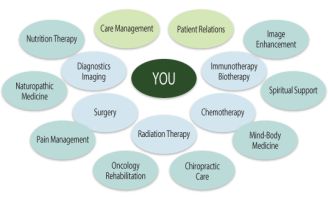Orthopedic and Neurologic Procedures in Chiropractic
Orthopedic and Neurologic Procedures in Chiropractic
We would all like to thank Dr. Richard C. Schafer, DC, PhD, FICC for his lifetime commitment to the profession. In the future we will continue to add materials from RC’s copyrighted books for your use.
This is Chapter 3 from RC’s best-selling book:
“Basic Chiropractic Procedural Manual”
These materials are provided as a service to our profession. There is no charge for individuals to copy and file these materials. However, they cannot be sold or used in any group or commercial venture without written permission from ACAPress.
Chapter 3: Orthopedic and Neurologic Procedures in Chiropractic
This chapter presents the general diagnostic methods currently used in differential diagnosis of selected orthopedic and neurologic conditions.
SELECTED NEUROLOGIC PROBLEMS
Overview
The typical patient presents the challenge of differential diagnosis of a number of neurologic conditions. These range from a variety of peripheral neuritides that may be completely reversible to serious degenerations of the central nervous system.
The tendency of the geriatric patient to develop neurologic problems is often related to the aging process: loss of tissue elasticity, particularly that of the musculoskeletal system. This is manifested by greater rigidity of the spinal column with the appearance of fixation subluxations. These, together with dehydration and subsequent thinning of the intervertebral discs, predispose to radiculitis, neuritis, and vasomotor disturbances and metabolic effects on the cord and brain. The neurologic disturbances can be superimposed on already degenerating arteriosclerotic vessels and alter metabolism of the gastrointestinal and other systems, which may cause serious problems unless recognized early and prompt corrective measures are administered.
Types of Neuritides
Peripheral Neuritis
Peripheral neuritis is a general peripheral neuritis such as that which may be present in such disorders as diabetes, anemia, and vitamin deficiency. Diminution of all sensation will be noted, with proprioception affected most. A stocking distribution with an ill-defined border is commonly witnessed. Glove distribution may appear later, along with paresthesias in the distal areas of sensory distribution. The clinical picture does not conform to either dermatome or nerve patterns of distribution. The cause for this is unknown.
Local Neuritis (more…)

